Best Places to Visit in Wangdue Phodrang for Culture & History -Top Monasteries, Dzongs, Goempa & Monuments.
Wangdue Phodrang sits quietly at 1,364 meters above sea level, serving as a peaceful gateway to eastern Bhutan. Just 30 minutes from Punakha or about 2.5 hours from Thimphu, it feels like stepping into a postcard of rural Bhutanese life.
It’s the largest district in the country, stretching over 4,300 square kilometers and rising from warm valleys to alpine heights. The landscape is dramatic, but the charm lies in the everyday life you’ll find here: farmers in fields, kids walking home from school, and prayer flags fluttering in the wind.
Villages like Gaselo and Nahee are perfect for slow mornings and quiet afternoons. Think green rice terraces, gentle walks, and the kind of peace that makes you want to stay longer. To the west, Shaa village adds a touch of magic. Here, ancient beliefs are still alive, forests and rivers are sacred, and spirits are part of daily life. Every three years, Shaa lights up with the Bonko festival: a colorful, musical celebration of Bhutan’s animist roots. It’s off the beaten path, but worth every step.
Wangdue Phodrang Dzong དབང་འདུས་ཕོ་བྲང་རྫོང་།
It sits proudly on a ridge where two rivers meet, offering sweeping views of the Punatsangchhu and Dhangchhu valleys. Built in 1638, this iconic fortress was named by Zhabdrung Rinpoche after a young boy named Wangdue he saw playing by the river, calling it “Wangdue’s Palace.” Once a key defense post against southern invasions, the Dzong remains a symbol of Bhutanese heritage.
Though it was sadly destroyed by fire, it is now being carefully rebuilt to restore its former glory.
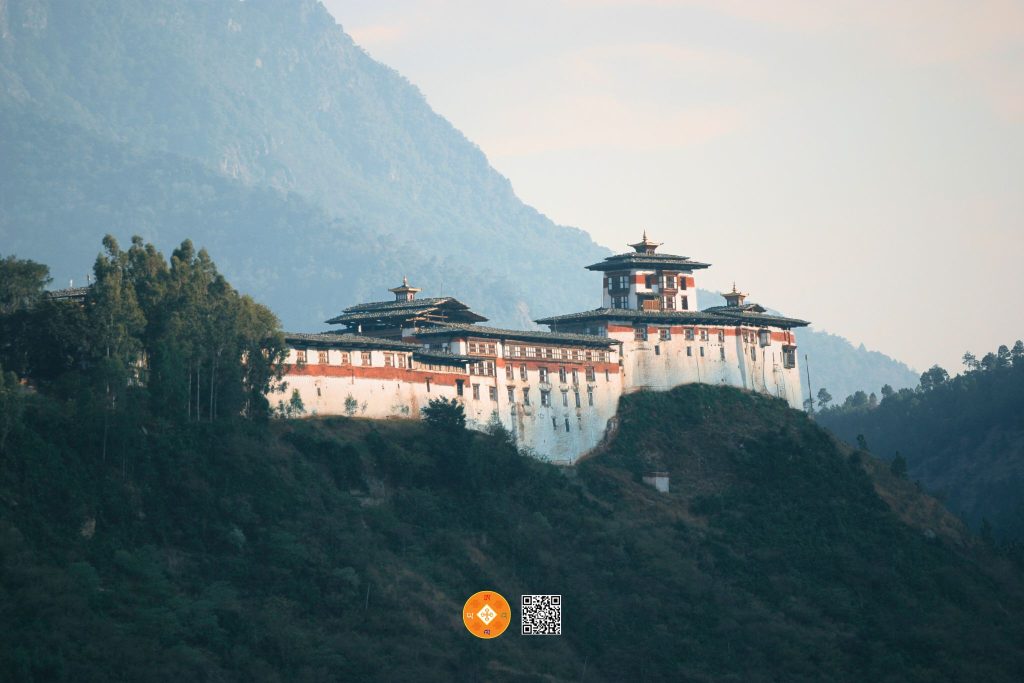
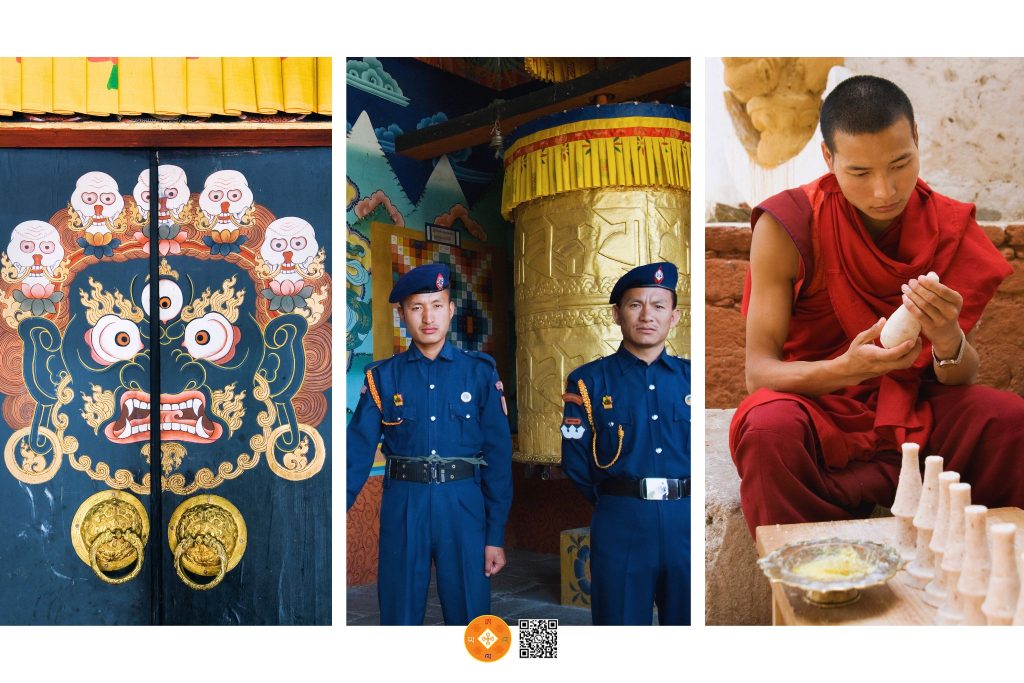
Dargay Goempa: ཤར་དར་བརྒྱད་སྒོམ་པ།
Cradled in the emerald folds of Bhutan’s highlands, Dargay Goempa whispers tales of Lam Drukpa Kuenley, the Divine Madman, whose sacred mischief and fearless humor still ripple through time. Here, where laughter met the divine, he crossed paths with the radiant Ashi Genzo, sealing the land with a touch of destiny.
What began as a quiet drubdey, a refuge for meditation, has blossomed into a temple that honors his wild wisdom, a place where joy, irreverence, and truth dance hand in hand. In every stone and breeze, his spirit lingers, reminding us that enlightenment may bloom not in solemn silence, but in the fearless joy of being fully alive.
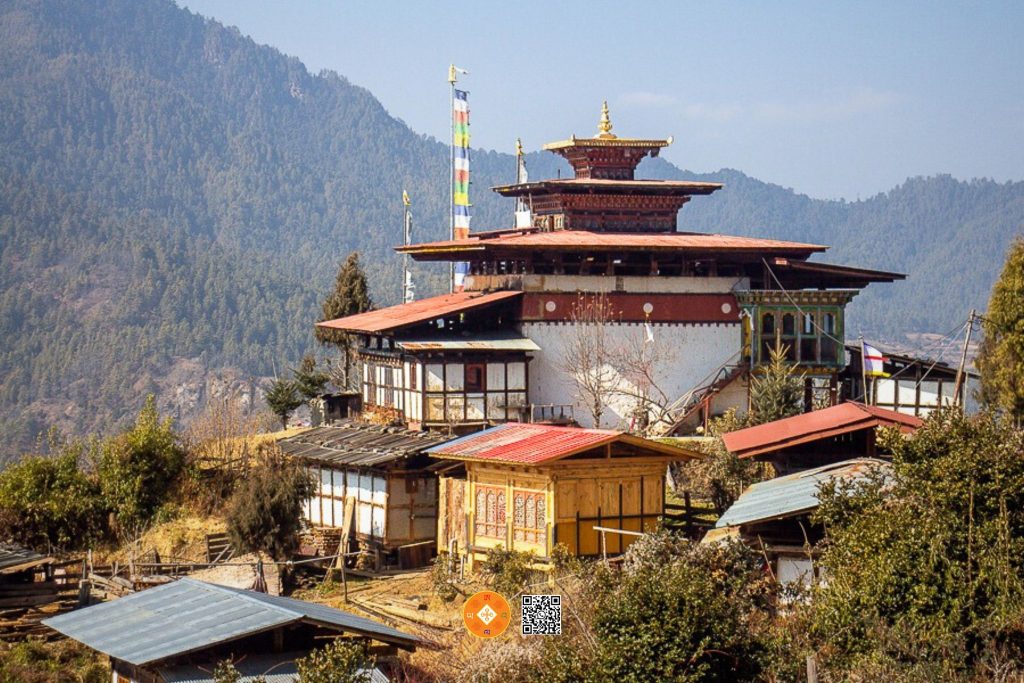
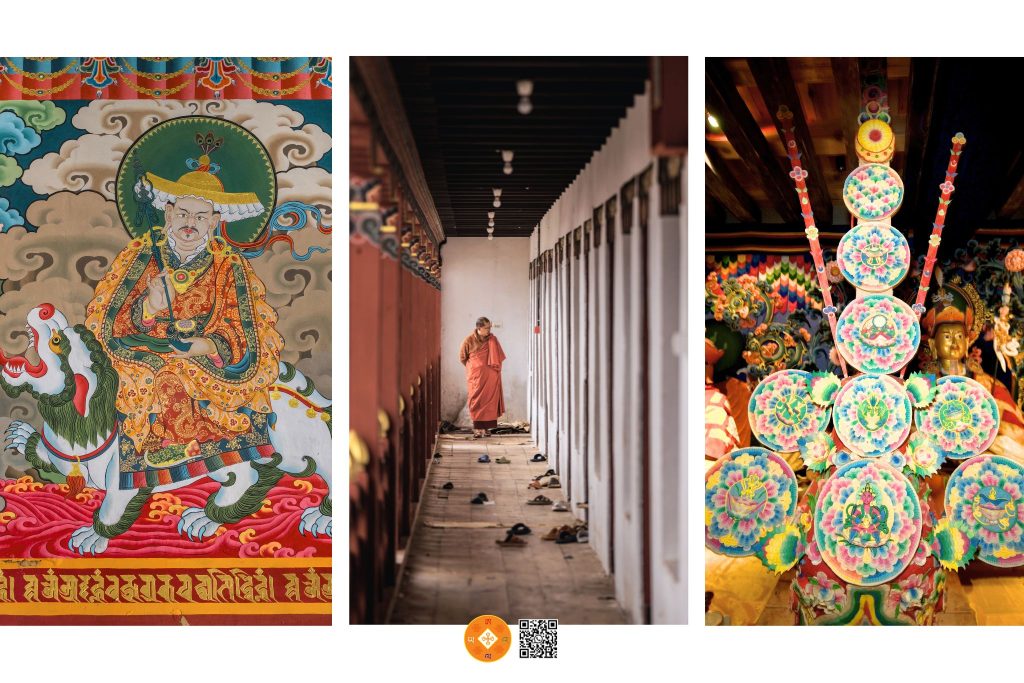
Wangdue Phodrang Travel Guide – Top Scenic Valleys, Cultural Landmarks & Other Tourist Sights. Explore Now!
Rinchengang Village: རིན་ཆེན་སྒང་།
Rinchengang, lovingly named from “Drinchengang”, the Grateful Village stands as a tribute to master masons who once shaped the grandeur of Wangdue Phodrang Dzong during Zhabdrung’s era. After their noble task, they rooted themselves here, crafting one of Bhutan’s oldest and most charming clustered hamlets. Shared homes, communal lands, and double cropping define its living heritage, while exquisite stonework echoes their ancestral skill.
At its heart stands Rinchengang Temple, founded over 500 years ago by Drukpa Ngawang Chögyal, its crimson “khemar” stripe whispering sacred legacy. From its quiet perch, visitors enjoy an unspoiled view of Wangdue Dzong, a 20-minute uphill walk unveiling history, devotion, and enduring gratitude.
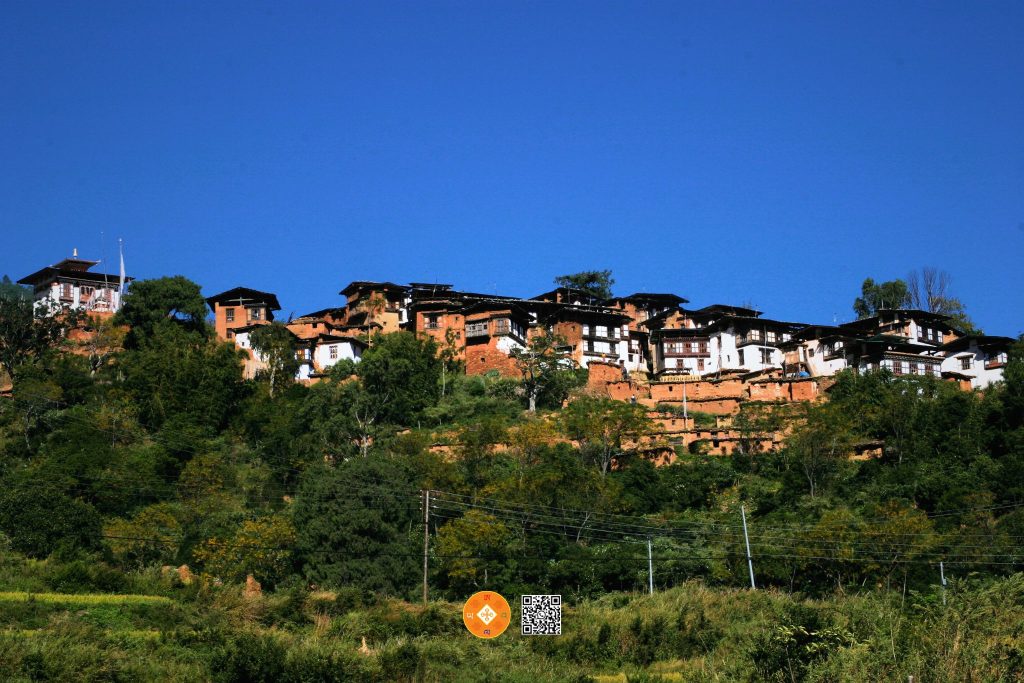
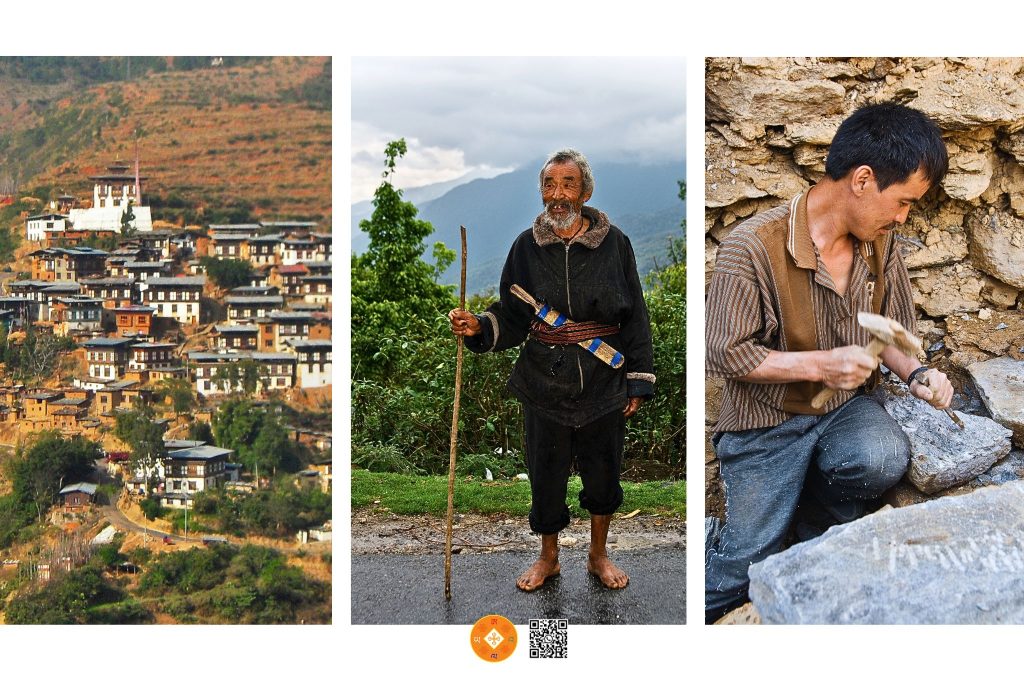
Gaselo and Nahee Village: དགའ་སེང་ལོག་དང་ན་ཧི།
Tucked beneath the whispering hills of western Wangdue Phodrang, the quaint villages of Gaselo and Nahee invite you on a soulful escape into Bhutan’s timeless countryside. A day’s drive with a picnic basket in tow leads you to cobbled paths, golden fields, and the warm smiles of farmers whose lives flow gently with the seasons.
In early summer, witness the age-old rhythm of rice planting, barefoot laughter, songs in the paddies, and muddy joy. Come autumn, rejoice alongside villagers as fields turn amber with harvest, and hearts swell with contentment. Here, simplicity reigns, and the spirit of Gross National Happiness blooms in every shared moment.
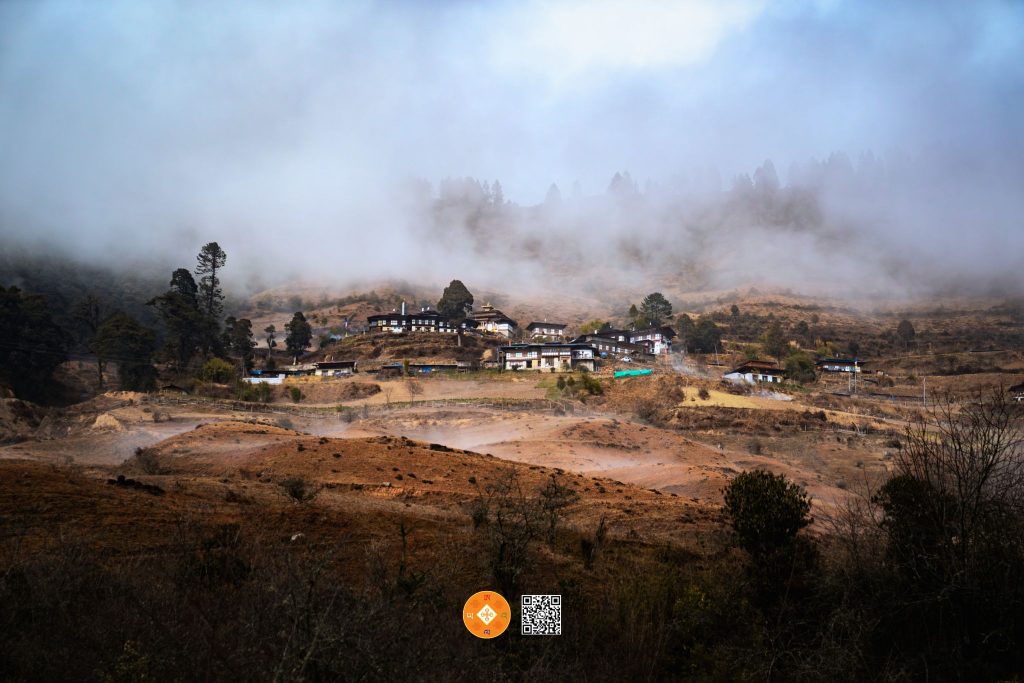
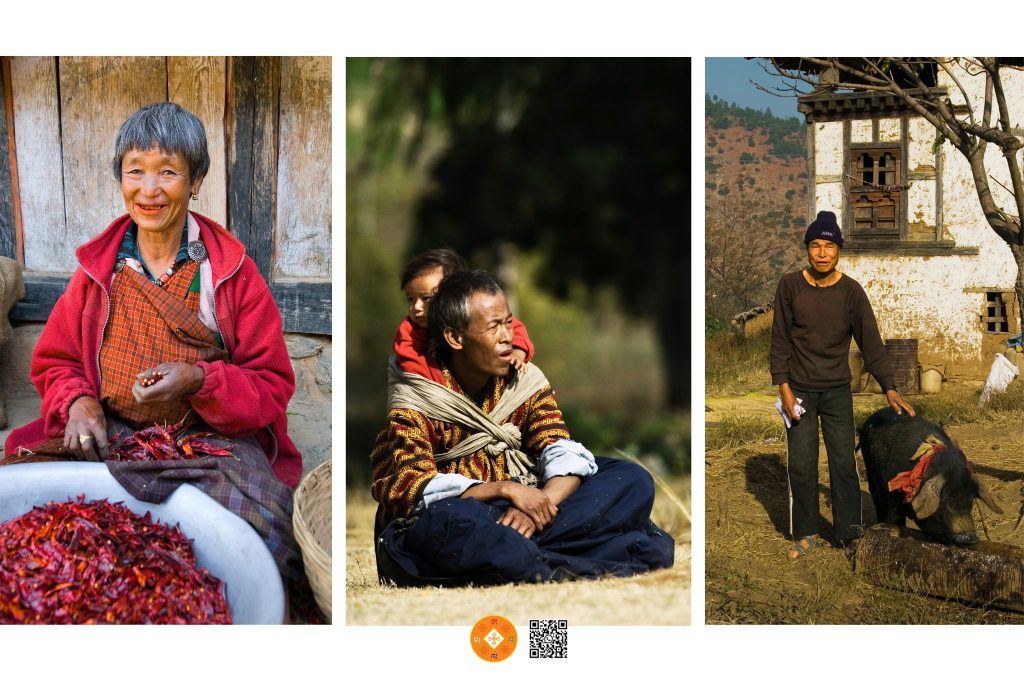
Adha and Rukha Village: ཨ་ཐང་དང་རུ་ཁ།
Tucked beneath the gentle folds of Wangdue Phodrang, the villages of Adha and Rukha offer a rare window into the timeless rhythms of rural Bhutanese life. Here, among rice paddies and whispering forests, farmers open their homes and hearts to visitors.
A homestay invites not just shelter, but rich storytelling, tales of mermaids in moonlit rivers and kings who once walked these hills. While camping is possible, the warmth of a village hearth is unforgettable. To fully savor the experience, journey in autumn, when golden fields sway and the air is clear, before summer’s leeches, sand flies, and mosquitoes stir from the shadows.
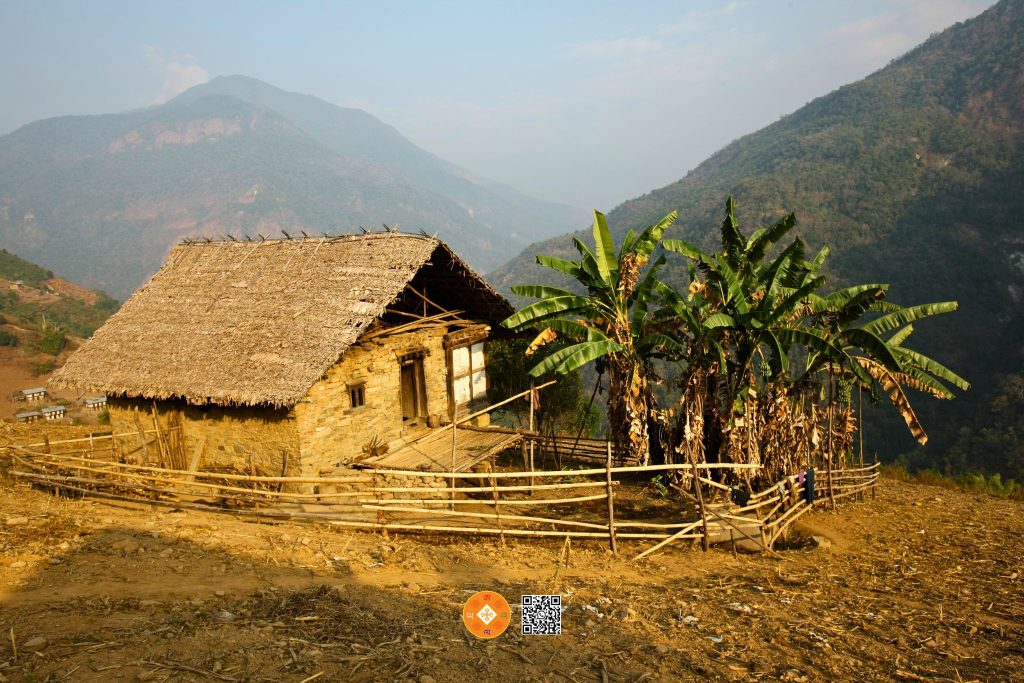
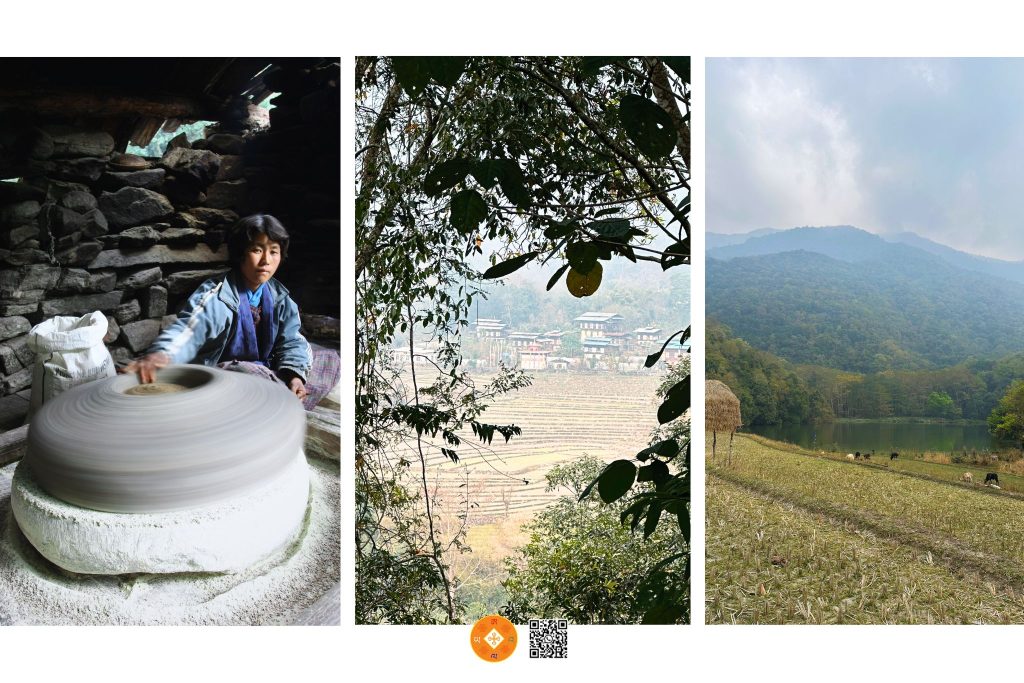
Pelela Mountain Pass: དཔལ་ལེ་ལ།
Pelela Pass, poised at 3,423 meters, is the breath of the highlands, the majestic gateway into Central Bhutan. Crowned by a solemn chorten and draped in fluttering prayer flags, it straddles the sacred spine of the Black Mountains, marking the mystical divide between West and Central.
As you ascend its winding road, the world opens wide: on a clear day, distant giants like Jomolhari, Jichu Drakey, and Kang Bum rise like celestial guardians in the west. Here, the wind speaks in mantras, the silence hums with spirit, and each turn offers a perfect pause for a photo, a prayer, or a quiet breath of wonder.
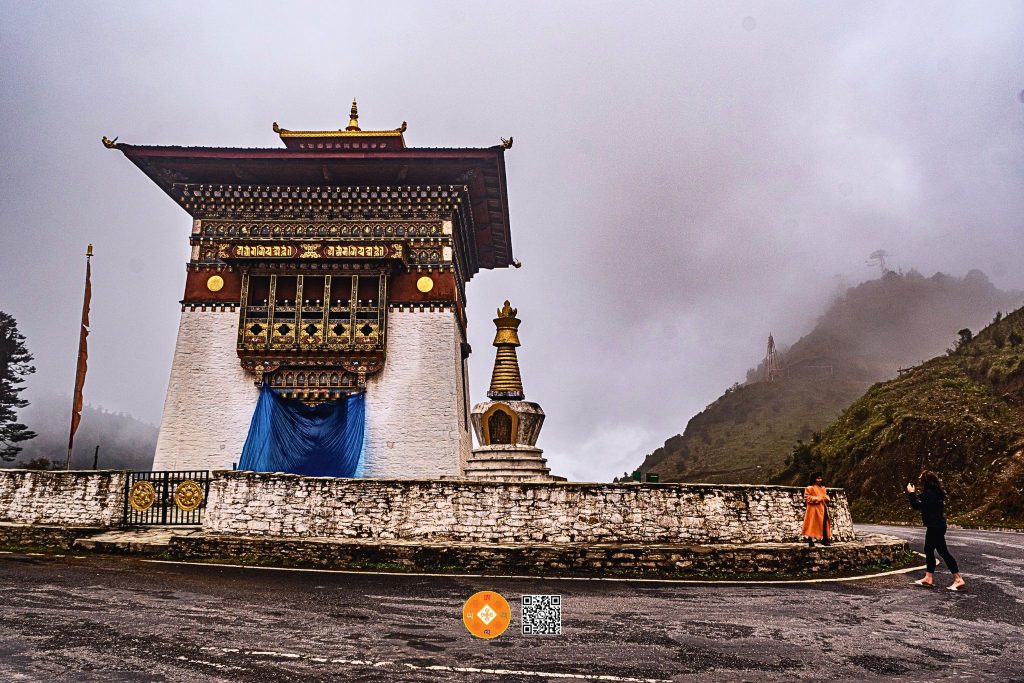
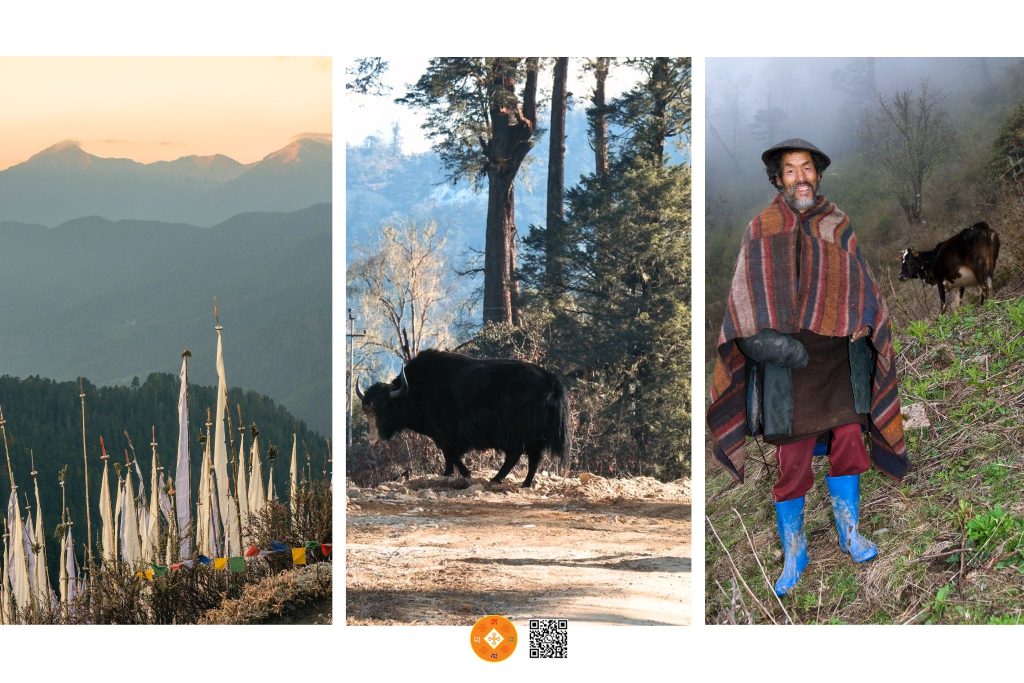
Samtengang Village: བསམ་གཏན་སྒང་།
It is nestled within the verdant embrace of Wangdue, Samtengang Village is a charming gem among the 24 serene hamlets of Nyisho Geog. A well-connected feeder road from Chuzomsa leads you to this tranquil haven, where modern comforts like electricity, mobile networks, and access to health and education blend harmoniously with the simplicity of rural life. The villagers, proud custodians of self-sufficiency, cultivate paddy, wheat, buckwheat, mustard, and soybeans with tender care.
Verdant fields yield a bounty of vegetables potatoes, chilies, turnips, radishes, beans, cabbages, and cauliflowers while garlic and potatoes flourish as prized commercial crops. Fruits such as oranges, persimmons, and sugarcane add a sweet touch to their humble diet. Samtengang, with its breathtaking vistas, is a photographer’s paradise, leaving visitors awestruck by its natural beauty.
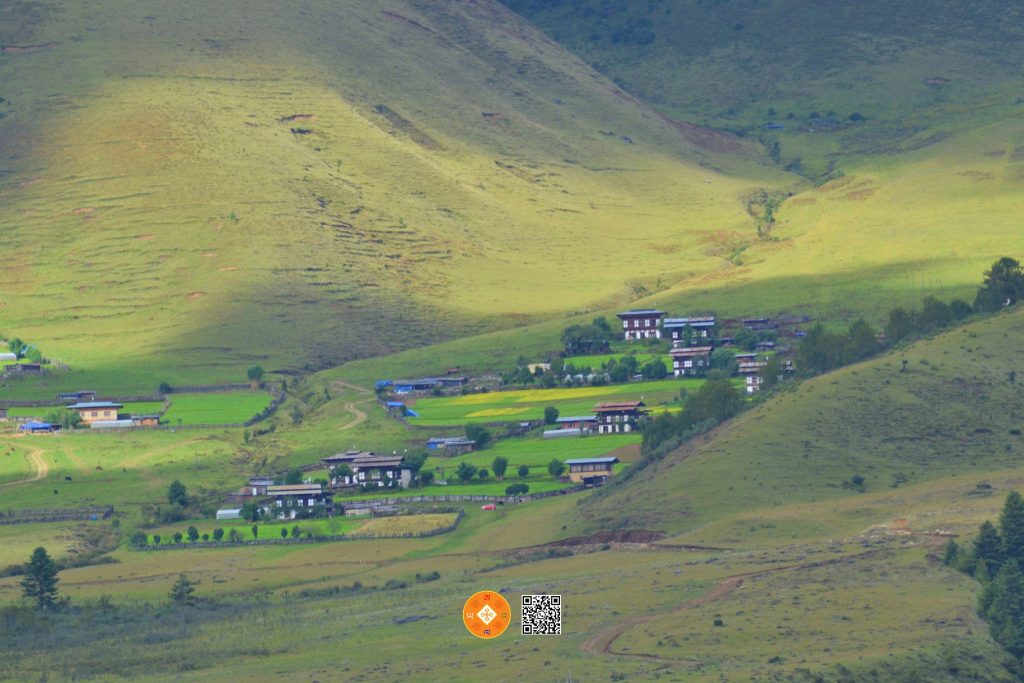
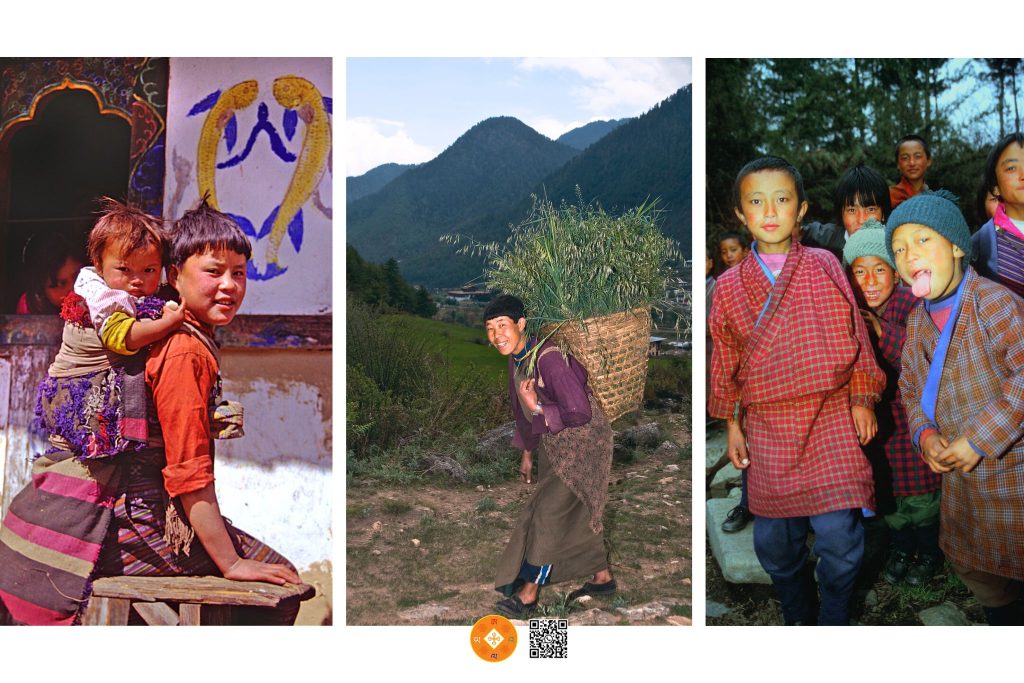
Wind Farm Rubesa Village: རུ་བི་ས་རླུང་ཤུགས་འཕྲུལ་འཁོར་གྱི་ས་ཁོངས།
Perched atop the blustery ridges of Rubesa village in Wangdue Phodrang, the Wind Farm rises like graceful sentinels turning breeze into light. Here, in one of Bhutan’s windiest valleys, silver turbines spin to the rhythm of the Himalayan wind, silently weaving clean energy into the lives of over 600 grateful households.
A symbol of harmony between nature and progress, this green marvel stands proudly as Bhutan’s commitment to sustainability. With no smoke, no scars upon the land, only the whisper of wind, the farm is lovingly tended by the Bhutan Power Corporation, proof that when we partner with the earth, even the air becomes a blessing.
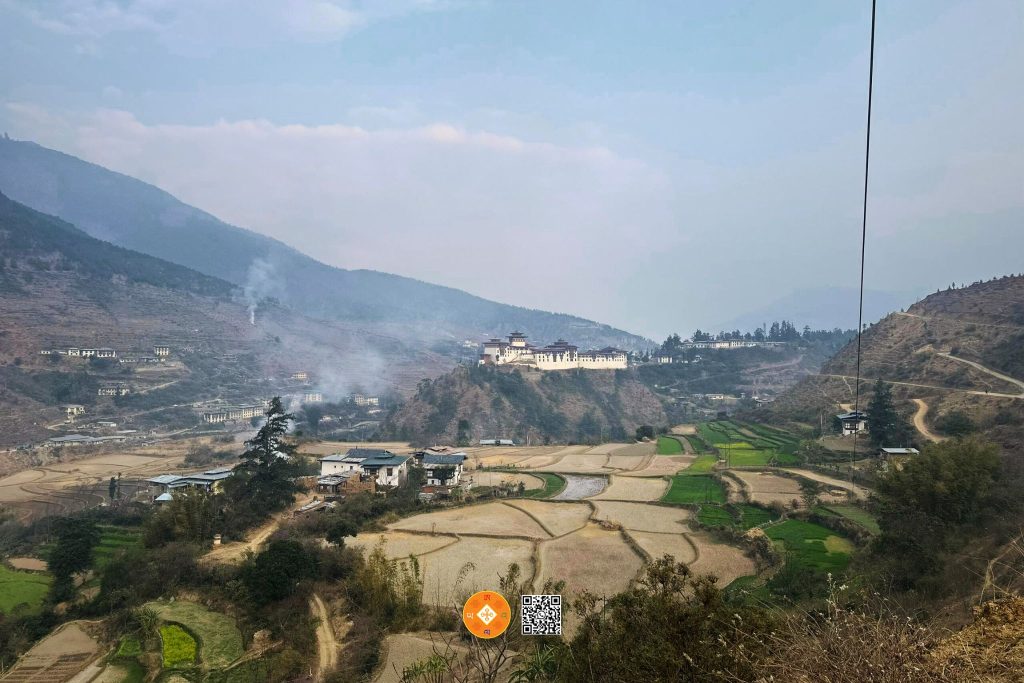
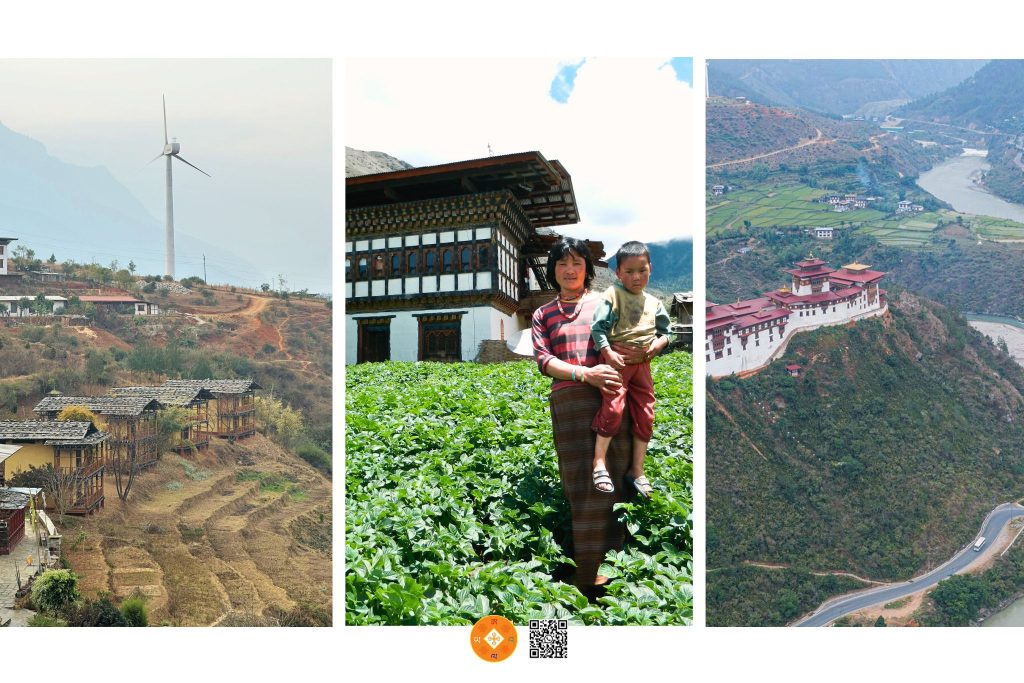
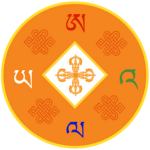
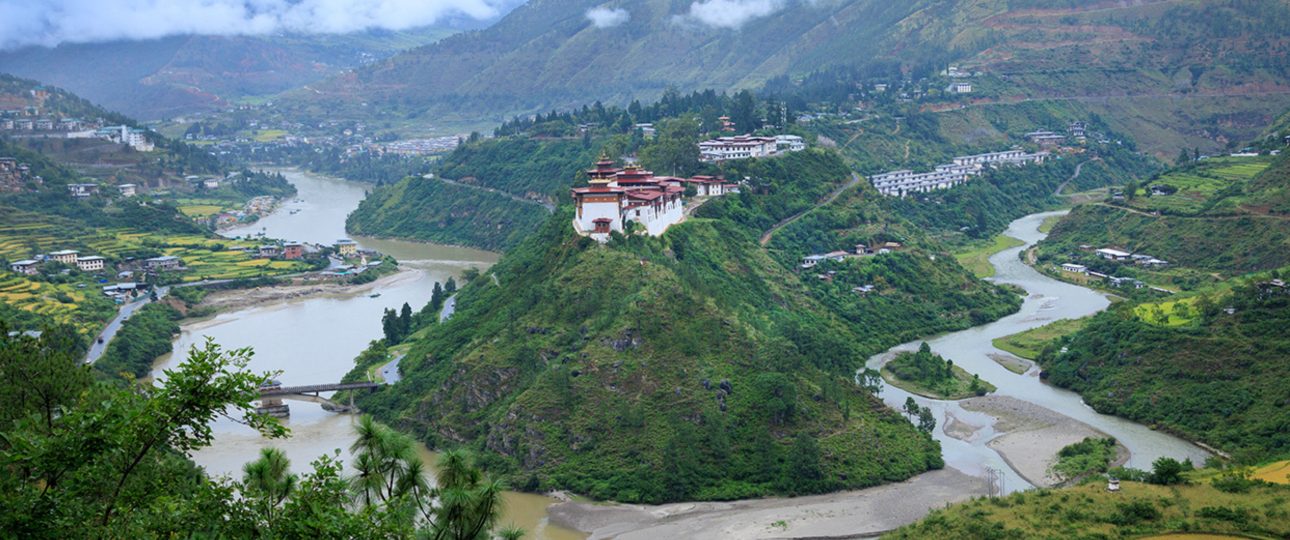
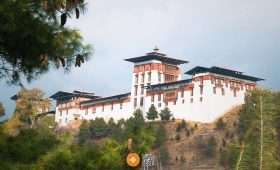
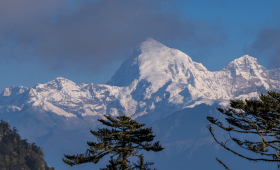
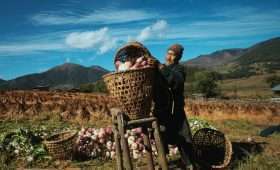
Nice share!
Outstanding post, you have pointed out some great points, I besides believe this s a very good website.
Wow that was strange. I just wrote an very long comment but after I clicked submit my comment didn’t show up. Grrrr… well I’m not writing all that over again. Anyway, just wanted to say wonderful blog!
Write more, thats all I have to say. Literally, it seems as though you relied on the video to make your point. You clearly know what youre talking about, why waste your intelligence on just posting videos to your blog when you could be giving us something enlightening to read?